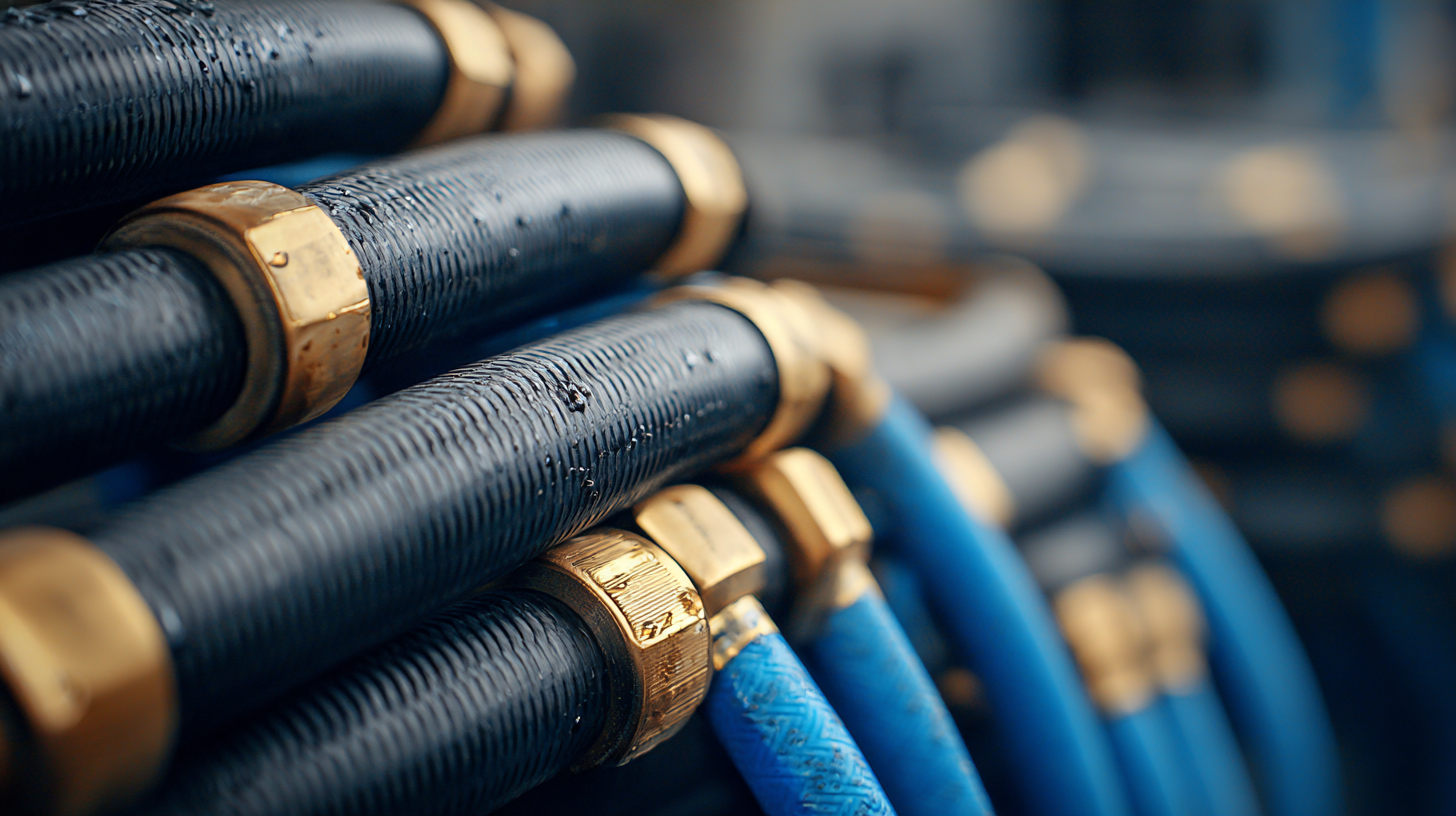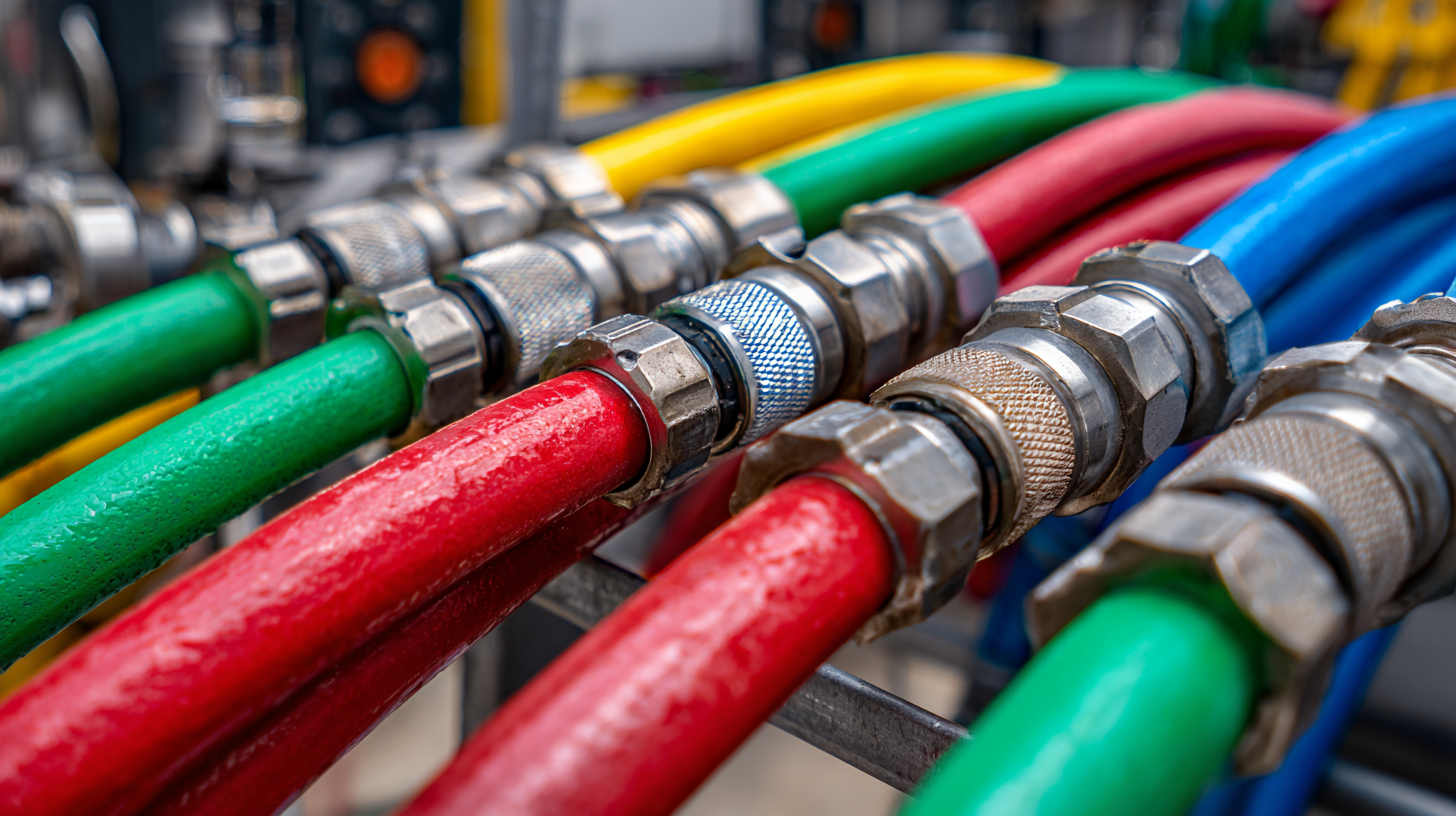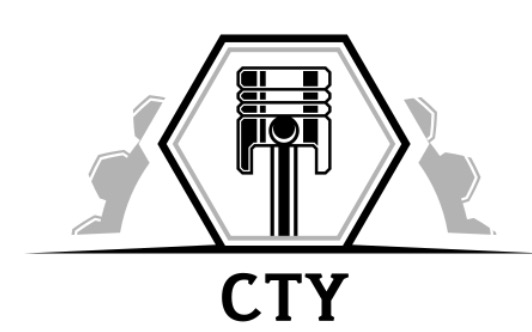- Home Page
- Company Profile
-
Our Products
- Hydraulic Pumps
- Hydraulic Solenoid Valves
- Conventional Valves
- Proportional Valves
- Safety Valves
- Mobile Control Valves
- Hydraulic Motor
- Cylinders and Servo Cylinders
- Hydraulic Filters
- Hoses and Fittings
- Gates Hydraulic Hose
- MP Filters Filters
- Dowty Gear Pumps
- Polyhydron Valves
- Manifold Blocks
- Walvoil
- Spica
- Hand Pumps
- ATOS Hydraulic Components
- Blog

Mastering Industry Standards for Optimal Use of Best Pump Hoses
In the dynamic world of industrial operations, the significance of adhering to strict industry standards cannot be overstated, especially when it comes to the optimal use of Pump Hoses. According to the latest market analysis by Research and Markets, the global industrial hose market is projected to reach $21 billion by 2025, driven by the increasing demand for efficient fluid transfer solutions in various sectors, from manufacturing to agriculture.

The effective selection and application of Pump Hoses are crucial for ensuring operational efficiency and safety, as improper use can lead to costly downtime and safety hazards. Mastering the relevant industry standards not only enhances the longevity and performance of these crucial components but also ensures compliance with safety regulations.
This blog aims to provide a comprehensive guide on best practices for utilizing Pump Hoses, helping professionals align their operations with industry benchmarks for optimal results.
Emerging Technologies Shaping Pump Hose Design in 2025
As we approach 2025, the landscape of pump hose design is being revolutionized by emerging technologies. Advances in materials science are allowing for the creation of lightweight yet durable hoses that can withstand extreme pressure and temperature variations. These innovative materials not only extend the lifespan of pump hoses but also enhance their efficiency, reducing energy consumption during operation. Additionally, the integration of smart sensors within hoses is becoming more prevalent. These sensors can monitor flow rates, pressure levels, and even detect wear and tear in real-time, providing operators with valuable data that improves maintenance planning and operational safety.
Moreover, the rise of 3D printing technology is reshaping the customization of pump hoses. Manufacturers can now produce hoses tailored to specific applications, accommodating unique sizes and shapes that traditional production methods struggle with. This flexibility not only meets the evolving needs of various industries but also minimizes waste in the production process. As we delve deeper into 2025, the synergy between these technologies promises to redefine industry standards, leading to optimal performance in pump hose usage and enhancing overall operational efficiency.
Emerging Technologies Shaping Pump Hose Design in 2025
Innovative Materials for Enhanced Durability and Efficiency
Innovative materials are at the forefront of enhancing the durability and efficiency of pump hoses, enabling industries to optimize their operations. According to a recent report by the Global Pump Hose Market Analysis 2023, materials such as reinforced thermoplastics and composite polymers have shown significant wear resistance and improved flow characteristics. These advancements not only reduce maintenance costs but also extend the lifespan of hoses by up to 30%, making them a valuable investment for industries reliant on fluid transfer.
Tip: When selecting pump hoses, prioritize materials that have a proven track record in your specific industry. Look for certifications that indicate compliance with industry standards, as these can be a reliable measure of quality and performance.
Additionally, innovations like anti-kinking designs and lightweight structures have increased the usability of pump hoses in various applications, from agriculture to chemical processing. The incorporation of these materials results in reduced energy consumption, with studies indicating a 15% increase in efficiency when using hoses designed with advanced engineering principles.
Tip: Regularly assess the operational environment to choose hoses that can withstand harsh conditions. For instance, hoses designed for high-temperature applications or chemical resilience can significantly improve system performance and safety.

Regulatory Standards Impacting Pump Hose Manufacturing and Use
Regulatory standards play a crucial role in the manufacturing and use of pump hoses, ensuring safety, efficiency, and environmental protection. Compliance with these standards not only safeguards the operators but also helps manufacturers stay competitive in a global market. Authorities such as the American National Standards Institute (ANSI) and the International Organization for Standardization (ISO) establish guidelines that dictate material specifications, pressure ratings, and performance metrics, which are essential for pump hoses across various industries.

The impact of these regulations can be seen in the selection of materials for pump hoses, which must meet specific chemical resistance and durability requirements. For instance, hoses used in the food and beverage sector are subject to stringent regulations regarding hygiene and non-toxicity. Additionally, the adoption of standardized testing procedures ensures that all hoses are capable of withstanding designated pressures and temperatures, which is vital for preventing leaks and failures. As industries continuously evolve, staying informed about current regulatory changes will empower manufacturers and users alike to make educated decisions, ultimately leading to safer and more efficient operations.
Forecasting Future Trends in Pump Hose Applications Across Industries
In recent years, the demand for pump hoses has seen a significant surge across various industries, driven by an increasing need for efficiency and sustainability. According to a report by Mordor Intelligence, the global market for industrial hoses, which prominently includes pump hoses, is projected to reach USD 14.5 billion by 2026, growing at a CAGR of 5.1% from 2021. This growth is attributed to advancements in materials science and manufacturing processes that enhance durability and performance, thus making pump hoses more adaptable for diverse applications.
As industries evolve, the application of pump hoses is also projected to diversify. The chemical processing and food and beverage sectors are expected to lead this trend, with a forecasted compound annual growth rate (CAGR) of 6.3% and 5.8%, respectively, according to a report by ResearchAndMarkets. The increasing emphasis on safety and compliance with regulations has also led to innovations such as anti-static and high-temperature resistant hoses, setting new industry standards. This evolution not only reflects a shift towards more specialized products that meet rigorous safety standards but also underscores the importance of mastering these standards for optimal performance in fluid transfer applications across the board.
Mastering Industry Standards for Optimal Use of Best Pump Hoses - Forecasting Future Trends in Pump Hose Applications Across Industries
| Industry | Current Applications | Best Hose Materials | Future Trends |
|---|---|---|---|
| Agriculture | Irrigation, Fertilizer Application | PVC, Polyurethane | Smart Irrigation Systems |
| Construction | Water Removal, Concrete Placement | Rubber, Reinforced Hoses | Increased Use of Lightweight Materials |
| Chemical Processing | Transport of Chemicals | PTFE, Stainless Steel | Enhanced Resistance Materials |
| Mining | Slurry Transport | High Abrasion Resistant Hoses | Automation and IoT in Pumping Systems |
| Food & Beverage | Liquid Transfer, Filtration | FDA Approved Silicone, Stainless Steel | Focus on Hygiene and Safety Standards |
Integration of Smart Technology in Pump Hose Systems for Optimized Performance
The integration of smart technology into pump hose systems is transforming the way industries manage fluid transfer operations. By embedding sensors and IoT connectivity into pump hoses, operators can now monitor live data regarding pressure, flow rate, and temperature. This real-time information not only allows for immediate troubleshooting but also facilitates predictive maintenance, reducing the risk of unexpected downtime and extending the lifespan of equipment.
Moreover, advanced smart technologies enable automated control systems that optimize performance under varying conditions. For instance, algorithms can analyze data patterns to adjust pump speeds and hose configurations dynamically, ensuring maximum efficiency while minimizing energy consumption. As industries increasingly adopt these intelligent solutions, the synergy between smart technology and pump hose systems will pave the way for more sustainable and cost-effective operations, allowing businesses to meet the growing demands of modern markets.
Developed and Managed byInfocom Network Private Limited.

 Send Inquiry
Send Inquiry
